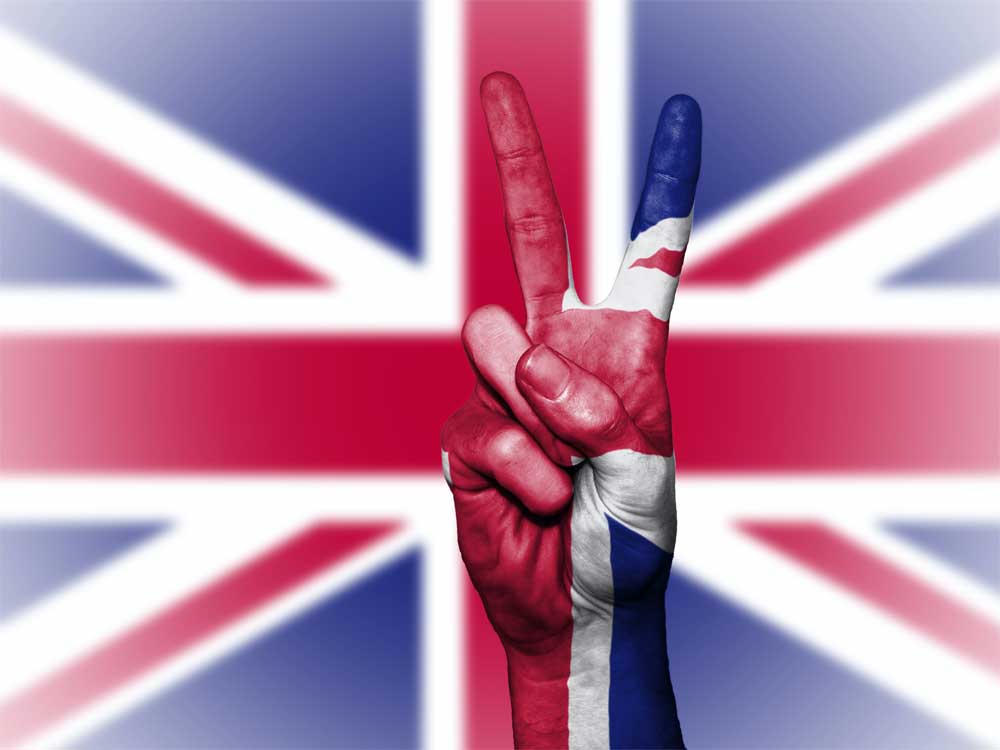What type of products produce £1M/year small businesses on Amazon, do you think? Funny you should ask, because Thrasio, one of the top Amazon aggregators, seems to be thinking along the same lines.
Looking deeper into the UK Amazon Marketplace, their research turned up some surprising numbers. From the mundane to the unexpected, a broad spectrum of categories produces £1M+ sellers.
The results could also give us insight into why that old adage “Mad dogs and Englishmen…” still rings true today.
The top, bottom and just plain odd
Distilling Thrasio’s results, this table shows the most and least likely product categories to pull in the £83k+ a month to produce £1M annual sales. And then there are others that some might say exhibit worrying insights into British consumers’ motivation:
| Probability | Product Category | # of UK Amazon Sellers |
|---|---|---|
| Highest | Grocery | 667 |
| Highest | Beauty | 533 |
| Highest | Home & Kitchen | 370 |
| Highest | Pet Supplies | 279 |
| Highest | Electronics & Photography | 256 |
| Yes, really | Dog Biscuits & Snacks (outside Pet Supplies) | 31 |
| Yes, really | Chocolate >> Chocolate Boxes & Gifts | 20 |
| Yes, really | Day Creams >> Face Serums | 18 |
| Least | Lighting | 3 |
| Least | Shoes & Bags | 3 |
| Least | Watches | 2 |
| Least | Jewellery | 1 |
| Least | PC & Video Games | 1 |
“Fulfilled By Amazon”‘s role for top UK Amazon sellers
Thrasio’s research suggests that there are currently 2,795 individual small businesses pulling in £1M/year. Those numbers in the table above hint at where the bulk of the potential lies.
Consider the business aspect, too. Those categories boasting the most sellers will also be the most competitive.
And according to the research, most are traditional brick and mortar businesses. But almost a third (32%) are Amazon FBA sellers. This means Amazon handle storage and logistics on their behalf.
The research’s findings are no surprise to Jim Mann, Thrasio’s acquisitions’ director.
A Nation of Online Shopkeepers (as well as pet lovers)
Business owners no longer need years of experience and oodles of cash to launch an Amazon small business or private label enterprise. With astute research, Internet marketing nous and one or two decent supply chains, anyone can embark on an entrepreneurial journey.
Thrasio knows this, as they do it all (and more) at scale. But these traits also explain the key elements to Thrasio’s appeal.
Have we lost that lovin’ feeling?
In comparatively no time, an individual can grow their Amazon business online. If they build using the right metrics, they can easily blip onto amazon aggregator companies’ radars.
In days gone by, business owners weren’t so readily tempted to sell. Their years of blood, sweat and tears meant something. The brick and mortar that housed the business was part of that success, too.
You can almost hear Arkwright, now, “G-Ger-G-Granville, I’ll s-sell this ser-shop over my d-der-d-der-dead b-b-b-body.” But that’s not always the case with today’s entrepreneurs.
Launching with an Exit in mind
What’s also true is that young(ish) upwardly mobile folk are thinking differently. Their sole intention is to sell their Amazon FBA business from the start. Global ecommerce aggregators’ increasingly tempting valuations have made this business model a viable option.
Mann concludes his explanation of the research along those lines. He knows that selling an Amazon FBA business to Thrasio is incentive enough to launch or grow a storefront.
He expects to see ‘retail titan[s]’ all over the UK, integral to local economies. Moreover, “hundreds or thousands of new millionaires” being created in the process.
The circle of shelf life
We know many people are already looking to sell their Amazon businesses, and for many reasons. Competition, reduced profits, and new eco-barriers are just some.
But as Gen Z comes to the fore, it’s important to remember the entrepreneurial circle is likely to repeat itself.
Will they build their Amazon stores for the same reasons as the preceding generations? Definitely not.
Many more will leverage FBA, creating businesses from their bedrooms, never getting their hands dirty. And, when they achieve the metrics they need, they’ll begin the exit process. Perhaps even selling to Thrasio.
Do ecommerce aggregators care? Not really. They’re looking to buy small brands, roll them up and sell a more complete package to investors. And who wouldn’t want a piece of that?
Further reading:
This website was created by ex-Amazon sellers, Martin Smith and Richard Turnbull.
To learn about our story, our private label FBA brands, and our first-hand experience selling to Amazon aggregators, click here.
You may also wish to check out our 2022 Definitive Guide to Amazon Aggregators.
Written for FBA sellers, this simple, easy to follow document takes less than 5 minutes to read and represents the culmination of over 100 hours of research into the Amazon aggregator space. To access the guide today, click this link.









